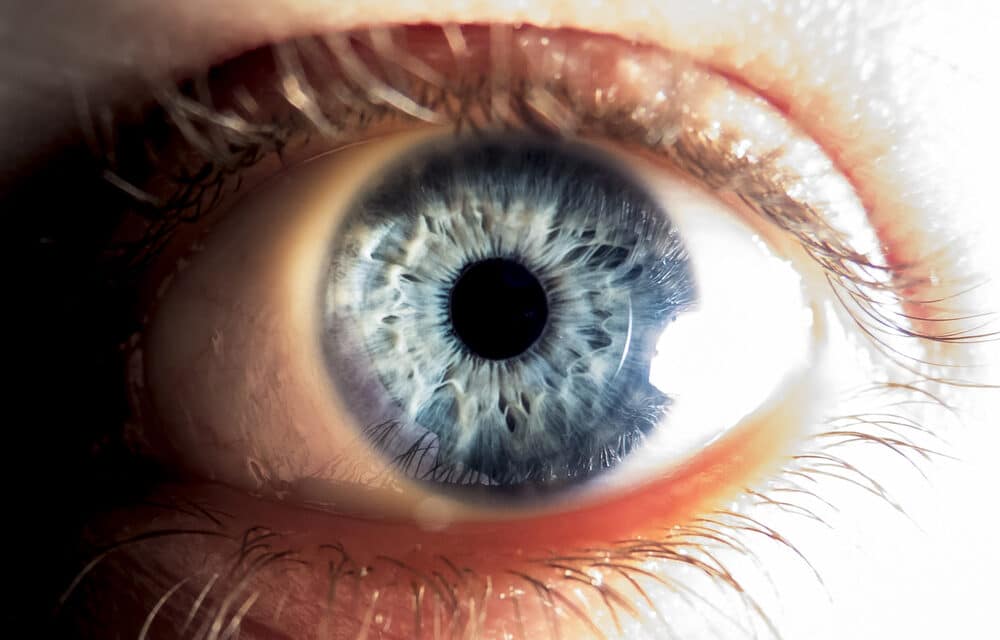Scientists have “reversed death” by bringing eyes back to life. Eyes taken from organ donors five hours after death responded to light, with electrical activity only previously seen in the living recorded.
According to a report from The Sun, The study’s authors said the discovery “raises the question of whether brain death, as it is currently defined, is truly irreversible”. Brain death is when someone is no longer able to survive without life support and is unable to breathe on their own.
It is considered irreversible and therefore a person is declared as dead. The science demonstrated by the team could be used to study other tissues in the central nervous system, like the brain or spine.
Lead author Dr. Fatima Abbas, of the Moran Eye Centre at the University of Utah, said: “We were able to wake up photoreceptor cells in the human macula, which is the part of the retina responsible for our central vision and our ability to see fine detail and color.
“In eyes obtained up to five hours after an organ donor’s death, these cells responded to bright light, colored lights, and even very dim flashes of light.” Part of death is the loss of neuron activity. A body of controversial science has been looking at how to reverse this neuron activity and breathe life into the organs of those who have died.
Initially, the research team was able to revive light-sensing neurons (photoreceptors) in the eye. But the cells were not in communication with other cells in the retina – the tissue behind the eyes that collects light and sends imaging to the brain.
They discovered that lack of oxygen was to blame. And so, Dr. Frans Vinberg, an assistant professor of ophthalmology and visual sciences, found a way to restore oxygenation back into the organ donor eyes, with exciting findings.
The team saw electrical signals that are only in living eyes, called the “b wave.” It is the first b wave recording made in the eyes of those deceased. Dr. Frans Vinberg, an assistant professor of ophthalmology and visual sciences, said: “We were able to make the retinal cells talk to each other, the way they do in the living eye.
“Past studies have restored very limited electrical activity in organ donor eyes, but this has never been achieved in the macula, and never to the extent we have now demonstrated.” Dr. Vinberg said: “The scientific community can now study human vision in ways that just aren’t possible with laboratory animals.”
Professor Anne Hanneken, Scripps Research Associate, said: “Until now, it hasn’t been possible to get the cells in all of the different layers of the central retina to communicate with each other the way they normally do in a living retina.

















